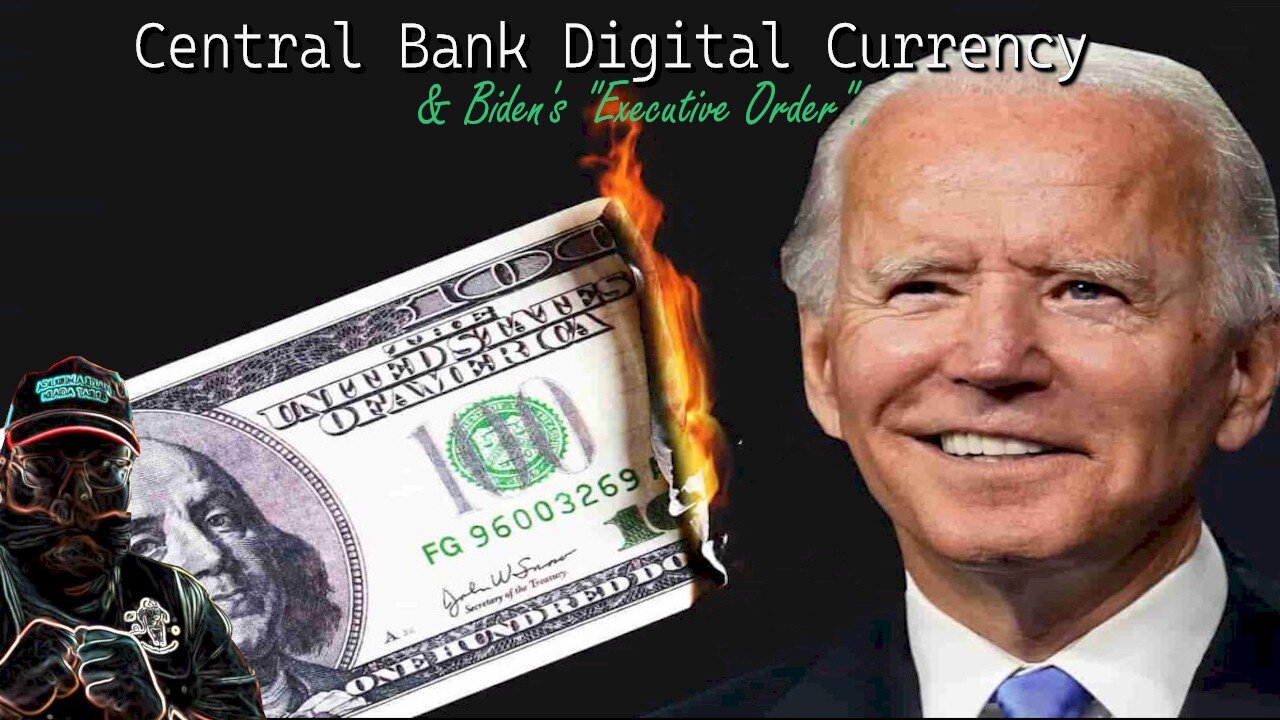Premium Only Content

Let me start by thanking the Atlantic Council for providing a fitting venue to discuss central banks’ forays into Digital Currencies.
Since its founding in 1961, the Council has made important contributions to strategic, political, and economic policy debates. Those debates have served us well, helping us to test the boundaries of our thinking and be better prepared for what lies ahead.
So, today, we aim to test our thinking again. We have moved beyond conceptual discussions of CBDCs and we are now in the phase of experimentation. Central banks are rolling up their sleeves and familiarizing themselves with the bits and bytes of digital money.
These are still early days for CBDCs and we don’t quite know how far and how fast they will go. What we know is that central banks are building capacity to harness new technologies—to be ready for what may lie ahead.
If CBDCs are designed prudently, they can potentially offer more resilience, more safety, greater availability, and lower costs than private forms of digital money. That is clearly the case when compared to unbacked crypto assets that are inherently volatile. And even the better managed and regulated stablecoins may not be quite a match against a stable and well‑designed central bank digital currency.
We know that the move towards CBDCs is gaining momentum, driven by the ingenuity of Central Banks.
All told, around 100 countries are exploring CBDCs at one level or another. Some researching, some testing, and a few already distributing CBDC to the public.
In the Bahamas, the Sand Dollar—the local CBDC—has been in circulation for more than a year.
Sweden’s Riksbank has developed a proof of concept and is exploring the technology and policy implications of CBDC.
In China, the digital renminbi [called e-CNY,] continues to progress with more than a hundred million individual users and billions of yuan in transactions.
And, just last month, the Federal Reserve issued a report that noted that “a CBDC could fundamentally change the structure of the U.S. financial system.”[i]
As you might expect, the IMF is deeply involved in this issue, including through providing technical assistance to many members. An important role for the Fund is to promote exchange of experience and support the interoperability of CBDCs.
As part of the service to our members, today we are publishing a paper that shines a spotlight on the experiences of six Central Banks at the frontier—including China and Sweden—to be covered in the panel discussion following my remarks.
-
 1:05:16
1:05:16
Timcast
3 hours agoTrump DEMANDS Impeachment Of Judge Who BLOCKED TdA Deportation, Judge Claims EQUAL POWERS To Trump
179K178 -
 3:20:40
3:20:40
RawUncutTV
3 hours agoJango A Big Hunt : Monster Hunter Wilds
1.24K -
 LIVE
LIVE
SoundBoardLord
5 hours agoThe Red Dead Journey Continues (Island Paradise Episode)
356 watching -
 2:12:01
2:12:01
Steven Crowder
5 hours agoFrom Hunter Biden's Security to the JFK Files - How the Trump Admin is Exposing Deceit
510K412 -
 36:13
36:13
Plan ₿ Forum
7 days agoChris Pavlovski at P₿F El Salvador PODCAST
31.8K3 -
 1:58:33
1:58:33
The Charlie Kirk Show
2 hours agoInnovation Over Stagnation + The West vs. Islam | Miles, Sedra, Franklin | 3.18.25
55.1K11 -
 LIVE
LIVE
IrishBreakdown
2 hours agoNotre Dame Spring Preview - Irish Ready To Kick Off Important Spring
155 watching -
 28:06
28:06
ROSE UNPLUGGED
21 hours agoFormer Steeler Jon Kolb: Craig Wolfley, Faith, Life After Football
243 -
 55:35
55:35
VINCE
6 hours agoTucker Carlson on the Biden Family, JD Vance's future and more, Pt. 2 | Episode 2 - 03/18/25
386K454 -
 57:09
57:09
The Rubin Report
4 hours agoCNN Host Gets Visibly Angry as Her Trap for Stephen Miller Backfires
69.6K47